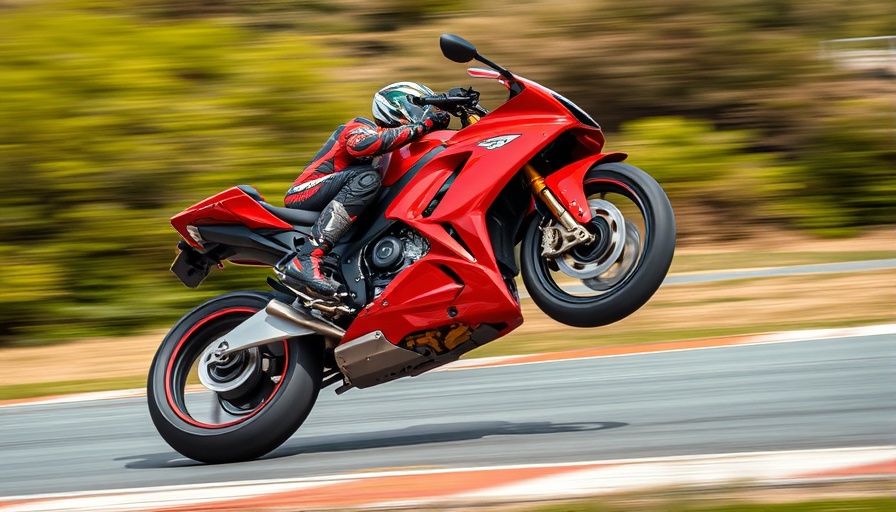
Understanding Motorcycle Fairings: ABS vs Carbon
The world of motorcycle customization often revolves around performance and aesthetics, especially when it comes to choosing new fairings. Riders frequently find themselves weighing options between ABS plastic and carbon fiber, two materials that vary significantly in characteristics and applications. In this examination, we aim to illuminate the key differences between these fairings, helping enthusiasts make informed decisions that align with their riding style, budget, and individual goals.
The Basics of ABS Fairings
ABS, or Acrylonitrile Butadiene Styrene, is a thermoplastic polymer renowned for its durability, lightweight nature, and affordability. This material is the standard for most production motorcycles and offers several advantages for everyday riders. The flexibility of ABS allows it to endure impacts better than more brittle materials, making it an excellent option for those who use their motorcycles for commuting or leisure rides. Moreover, the reparability of ABS fairings is a significant benefit for riders who face minor mishaps. In terms of visual appearance, however, ABS might lack the elite allure that some riders seek.
Carbon Fiber Fairings: The High-Performance Choice
On the contrary, carbon fiber is the crown jewel of motorcycle fairings. Its exceptional strength-to-weight ratio and stiffness translate into superior handling, acceleration, and braking performance. Riders who crave a distinct and cutting-edge aesthetic often turn to carbon fiber, as its unique weaves and glossy finishes elevate the overall look of the motorcycle. However, the advanced characteristics come at a price - both in terms of cost and vulnerabilities. While carbon fiber can shine on the racetrack, it is important to consider its susceptibility to fractures during hard impacts, juxtaposing its high performance against the practicality of everyday driving.
Comparative Costs and Performance Enhancements
When measuring the practical impacts of choosing between ABS and carbon fiber, the distinctions boil down to costs, weight, strength, and repairability. ABS offers a more budget-friendly option, making it accessible for riders looking for customization without financial strain. In contrast, carbon fiber fairings should be viewed as performance investments, often sought after by serious racers and high-speed enthusiasts. As a rider contemplates these two materials, reflecting upon the kind of riding experience desired becomes paramount. If speed and aesthetics are prioritized, carbon fiber wins hands down. But for those seeking longevity and minimal maintenance, ABS remains a formidable contender.
Conclusion: Making the Informed Choice
Knowing the differences between ABS and carbon fiber fairings empowers riders to select the appropriate material for their motorcycles. Whether it's deciding based on performance attributes or budget constraints, this information facilitates smarter decisions in motorcycle customization. Every rider has unique needs, and recognizing these distinctions allows enthusiasts to craft their ideal riding experience and maintain safety on the road.
 Add Row
Add Row  Add
Add 




Write A Comment